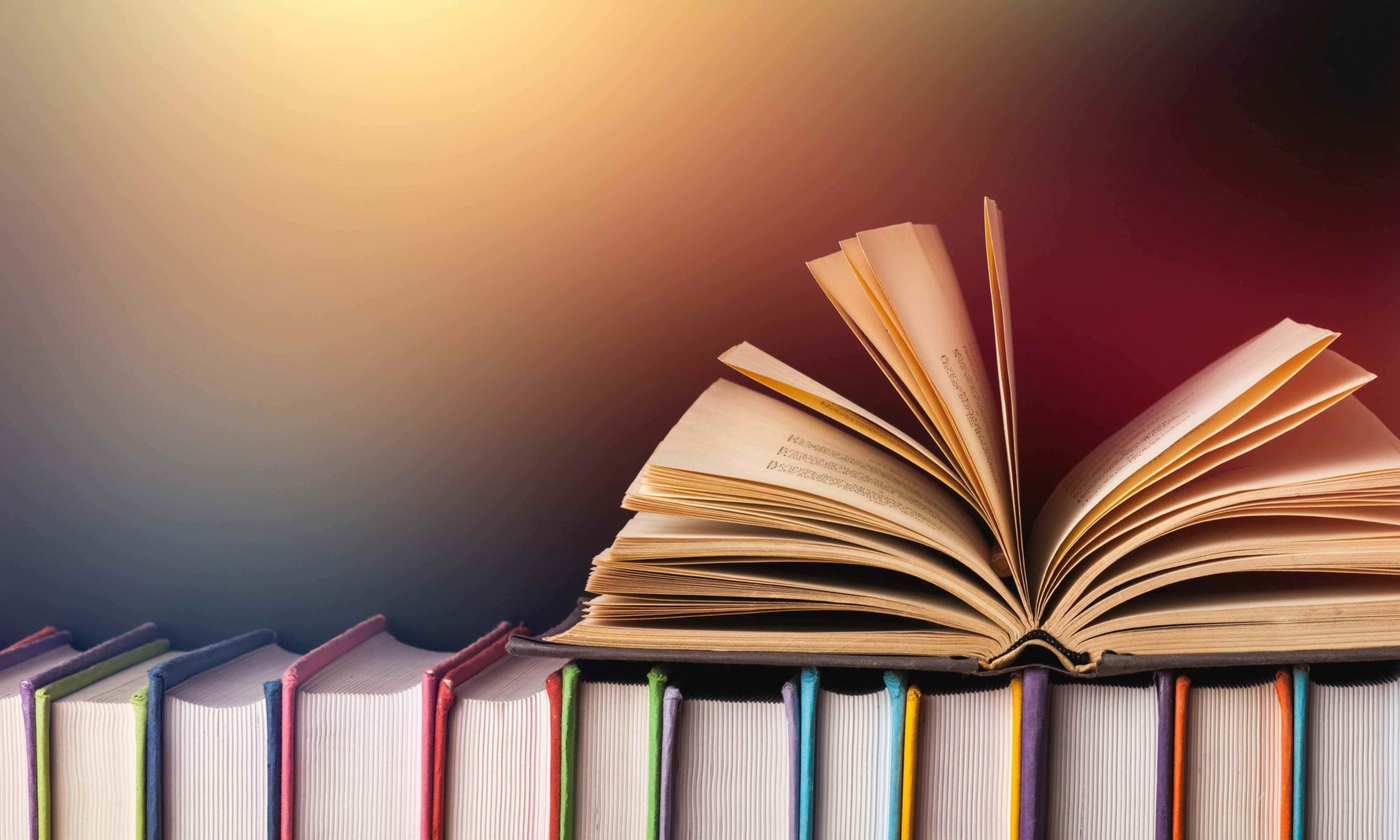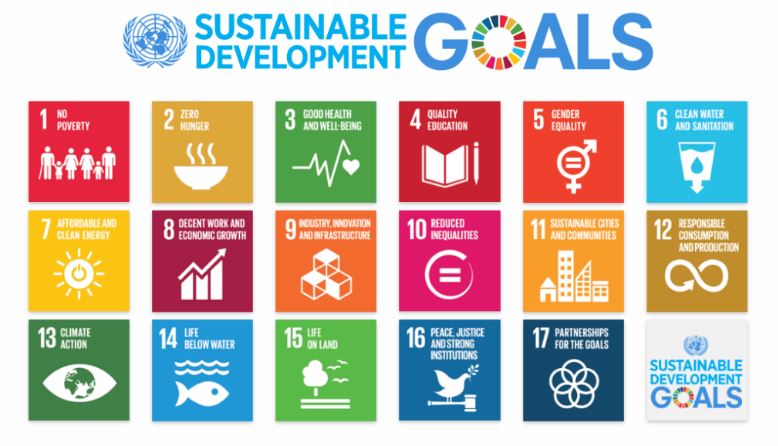
The SDGs, short for the United Nations Sustainable Development Goals, consist of 17 global goals that cover a broad range of integrated sustainability themes. These themes include ending poverty, improving human health and education, reducing inequality, combating climate change and promoting partnerships. The SDGs were set up in 2015 by the UN and are intended to be achieved by the year 2030. Can the SDGs be achieved in eight years as we are entering the third year of the Covid-19 pandemic?
In the last two years these 17 SDGs have been my lighthouse when I learn to become a better sustainability professional. By now, these 17 global goals are in my pea brain together with my restless curiosity about the world around me. If the year of 2020 was my boot camp of studying global sustainability in the ivory tower, the following year is my postdoc-like fierce research and writing. At the end of 2020, I wrote in “The End of the Beginning” with this opening: “Without suspense, the Year of the Pandemic will follow us into 2021.” Well, how about the Year of the Pandemic will follow us into 2022? This is a fact. Not a Groundhog Day in my dream. Are we ready for a more challenging third year of the pandemic?
The Greek alphabet consists of 24 letters. Thanks to the naming system for the Covid-19 variants by using the letters of the Greek alphabet, I have the chance to be acquainted with an old language. Omicron is the 15th letter of the Greek alphabet. It has the value of 70 in Greek numerals. As of this writing, there are at least 14 reported deaths from Omicron variant in the UK. Will we use up all the 24 letters in Greek alphabet to name new Covid variants before all global citizens can enjoy a normal life protected by an impeccable global public health system?
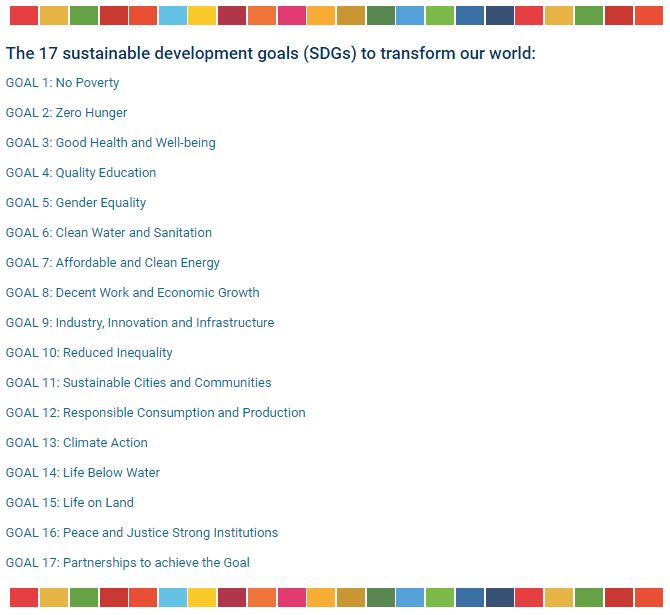
I’m an interdisciplinary thinker and writer. This is what today’s sustainability professionals should be. Learning the 17 SDGs enables me to think globally and act locally. In my view, access to water, healthcare and education will change lives in the face of a pandemic and climate crisis. Fewer people are aware of water pollution and scarcity as the Earth’s temperature rises. Water is required for nearly all production and conversion processes in the energy sector. Not to mention some recycling processes also consume a lot of water and energy. The UN’s world investment report 2021 shows global foreign direct investment flows plunged by 35% in 2020 and are expected to bottom out in 2021. The gap in funding SDGs around water, health and education is so great that the pandemic could wipe out the development gains in the past decade. So can we achieve the 17 SDGs by 2030? No doubt. We are racing with time. Each day counts, and each day the price tag for project delay goes up a little. This is common sense, isn’t it?
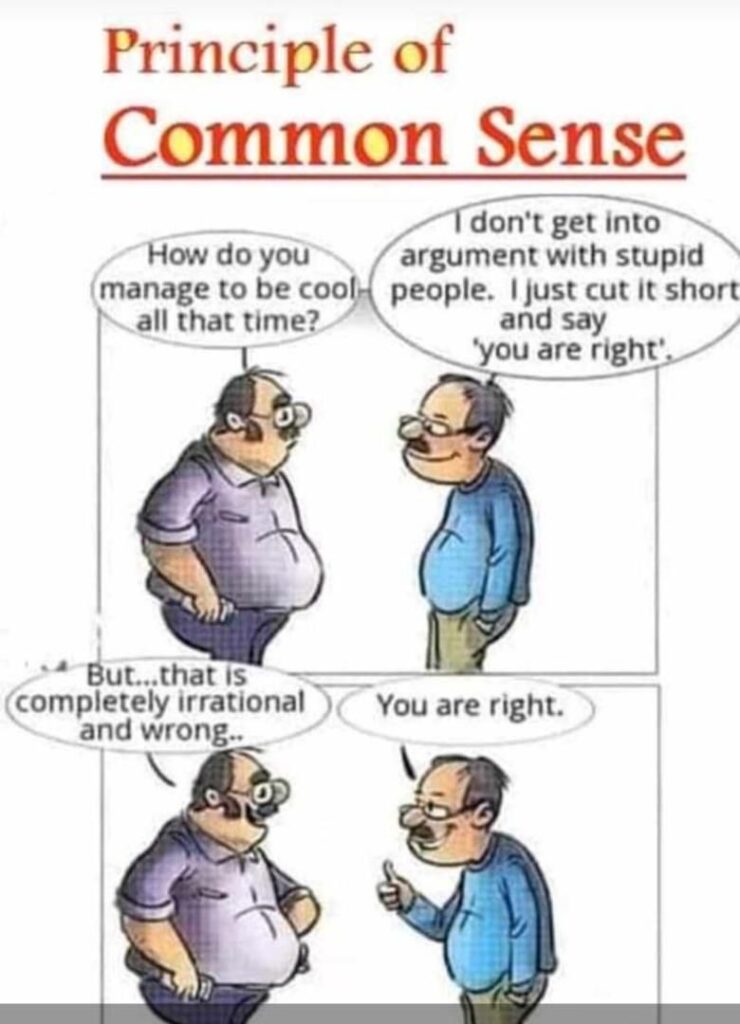
In the classic work “Leviathan” by Thomas Hobbes, the 17th century English philosopher drew a very detailed table to expound the subjects of knowledge. He believed a philosopher was required to know science. Natural science includes natural history such as histories of metals, plants, animals, regions, and the like, and facts of nature, which in Hobbes’s words, “have no Dependence on Mans Will.” He wrote:
“The Registers of Science, are such Books as contain the Demonstrations of Consequences of one Affirmation, to another; and are commonly called Books of Philosophy.”
How much science do today’s philosophers know? And how much philosophy does today’s scientists care about? The history of philosophy is intertwined with the history of the natural sciences. I don’t know if we can achieve 17 SDGs by 2030 as moral disengagement is somewhat enlarged and encouraged by misinformation and mistrust. I do know if we make an effort to work together as well as do our own part toward the 17 SDGs, progress will be made. The study of natural philosophy deepens my knowledge of natural resources and global sustainability.
These days I’m interested in classical thoughts in ancient China, Taoism and India’s Buddhism. They have applied systems thinking to environmental sustainability a long time ago. As for how SDGs are integrated into local urban planning and development, I’m so proud of my birthplace, Guangzhou, China, has accepted NYC Mayor Bill de Blasio’s invitation to join the Voluntary Local Review Movement (VLR). Governments, development practitioners and policy makers around the world are volunteer to contribute SDGs knowledge, experience and best practices in the VLRs. This is sustainable global partnership that our plague-ridden world greatly needs. Earlier this year, I set a goal for myself for 2021. Listen, Learn, And Create. Next year’s resolution for me is to continue my momentum of self learning and serving others. I will share my findings periodically with you while spending more time offline to dedicate myself to Mother Nature. Never stop learning.

Among the 17 SDGs, Goal 13 (climate action) is perhaps the most time-sensitive. To achieve at least one goal in eight years, Goal 13 could be a lever. After all, every day we are living, we are producing waste. Less than 20% of global waste is recycled each year. Municipal solid waste is the third-largest source of human-caused methane emissions in the US. If we hear often about supply chain shortages in 2021, think out of the box and reduce and recycle our municipal solid waste to create new supply chains from cradle to grave.
All living things on the Planet Earth are impacted by climate change. Technically speaking, all living things should take action. The non-human species have done their part to migrate and/or die out as an alarm to humanity. If polar bears cannot find food and have to chase and eat their cubs, will food crisis be far behind for human beings?
If we say protecting wildlife is the right thing to do, Goal 14 (life below water), Goal 15 (life on land), Goal 4 (quality education) and Goal 6 (clean water and sanitation) must be considered and action taken holistically. All living things cannot live without water. Human beings need to know how to protect wildlife. So, let’s hope responsible global citizens can be educated. And let’s ensure inclusive and equitable quality education and promote lifelong learning opportunities for all. I’ve been doing my part to offer informal eco-education here.
Climate justice is environmental justice. But who will preside over justice and with what codes and standards are there to comply? Can we look into what we can contribute to the international community instead of insisting on what we cannot do so because of the need of domestic development? Can we share more success stories with regions that need equal opportunities and resources to adapt to climate change?
In 2021, we have seen on the news that space travel is commercialized and becoming more accessible by billionaires. A well-known Chinese saying goes, “If a problem can be solved by money, it is not a problem any longer.” But if the Earth becomes uninhabitable to human beings due to climate change, the consequence is irreversible. Money cannot bring lost lives (human and non-human) and time back. It is better for the few billionaires to think fast to build a habitable home in outer space. Scientists warn that private tours into space could be a giant leap for pollution. One rocket launch produces up to 300 tons of carbon dioxide into the upper atmosphere where it can remain for years. We can achieve SDGs by 2030. Let’s do less pollution to the Planet in the next eight years forward. This is mitigation. Let’s also do more to conserve natural resources and wildlife and seek inner growth to overcome adversity. This is adaptation. The 17 SDGs are the blueprint to achieve a better and more sustainable future for all. Why not integrate them into our New Year’s resolution? Happy New Year of 2022!
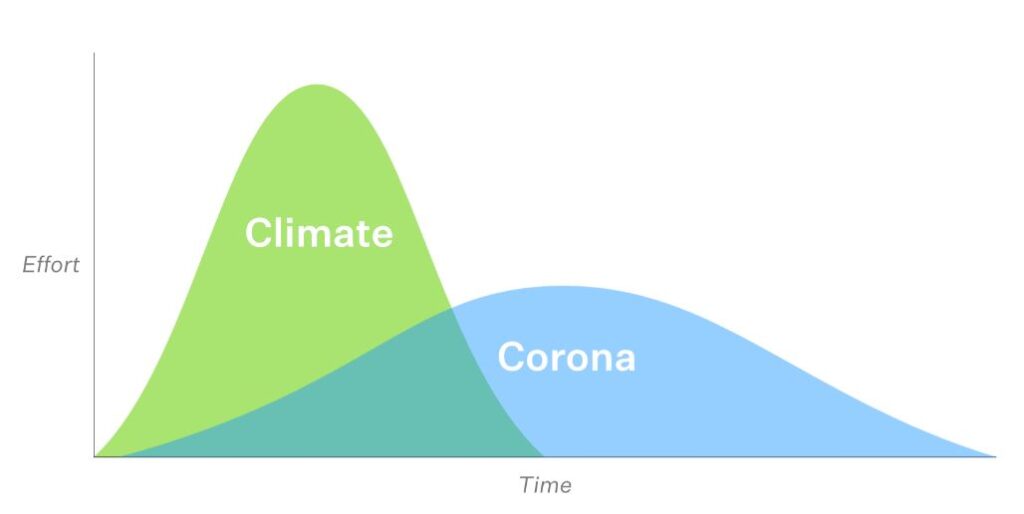
“Information technology as such is neither good nor bad, but it is even less neutral. We should therefore neither accept it uncritically nor reject it unconditionally. What is crucial is to remain constantly alert both during the development of and in our dealings with these technologies, in order to understand what they do to us and what we can and want to do with them.“
—Jos de Mul, author of “Cyberspace Odyssey”
